


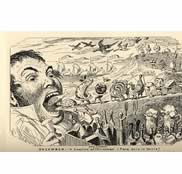
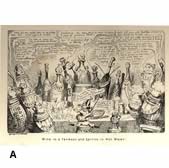
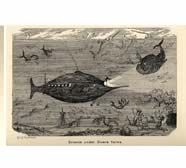
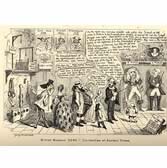
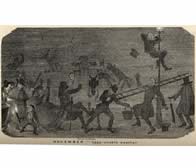
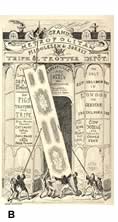
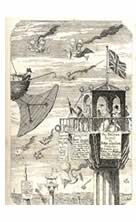
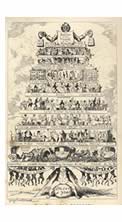
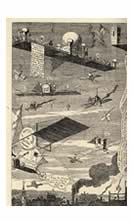
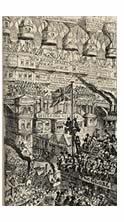
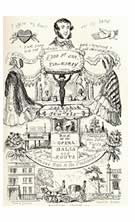

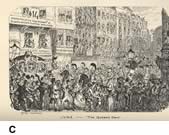
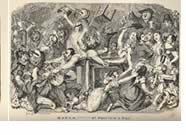
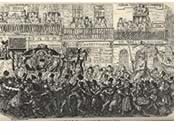
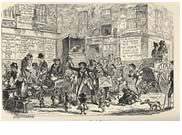
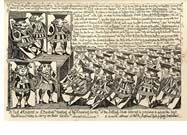
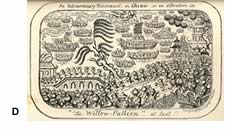
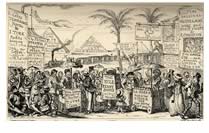
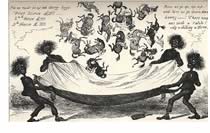
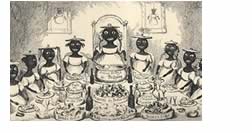
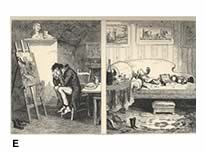
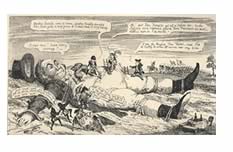
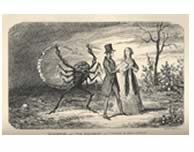
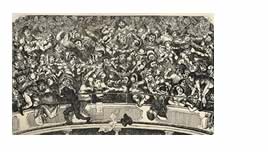

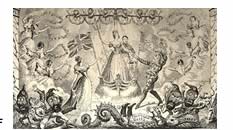
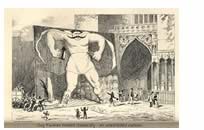

 |
 |
 |
||||||||||||||||||||
 |
||||||||||||||||||||||
 |
 |
 |
 |
|||||||||||||||||||
 |
 |
 |
 |
 |
 |
 |
||||||||||||||||
 |
 |
 |
 |
 |
||||||||||||||||||
 |
 |
 |
 |
|||||||||||||||||||
 |
 |
 |
 |
|||||||||||||||||||
 |
 |
 |
 |
|||||||||||||||||||
The page size is 11 x 18cms. There are two volumes gathering the Cruikshank comic almanacs. The first volume is 1835 - 1843, and the second 1844 - 1853. At first the plates are conventional pictures for each month, concentrating on acitivities associated with the months. Then, with periods of repetition and tedium, Cruikshank develops a more fantastic vein, and on occasions moves his attack to the directly political. To the conventional landscape format with the composition as a proscenium arch, he develops a compositional interest in the portrait format. This allows him a more hierarchical, even emblematic style. It allows a greater sense of scale and space.
|